Discover how to turn your home into a peaceful oasis with these 10 tips. Enhance your living space and find tranquility
In today's fast-paced world, finding a sanctuary where you can truly unwind and recharge
is more important than ever. Your home should be that haven, a place that fosters peace and tranquility. But achieving that sense of serenity isn't always easy.
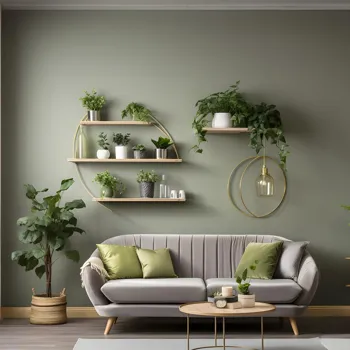
Clutter, noise, and a lack of intentional design can all contribute to a feeling of unease. Fret not, though! Creating a peaceful living space is achievable with a few thoughtful adjustments. Here are ten tips to help you transform your home into a serene oasis.
Declutter with Deliberation:
Clutter is the enemy of calm. A home overflowing with unnecessary items can create a sense of chaos and overwhelm, making it difficult to relax. Begin by tackling one area at a time. Start with a drawer, a shelf, or even just a corner of a room.
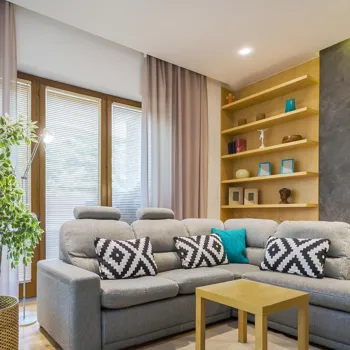
As you sort through your belongings, ask yourself if each item truly brings you joy or serves a practical purpose. If not, it's time to let it go. Donate items in good condition to charity, sell them online, or recycle them responsibly. The key is to be ruthless in your decluttering efforts.
The less you own, the less you have to manage, and the more space you'll have for peace of mind. Remember, decluttering isn't just about physical space; it's about clearing mental space as well. A tidy home leads to a tidy mind, allowing you to focus on what truly matters.
Embrace the minimalist mindset and create a living space that is both functional and calming. Don't be afraid to ask for help from family or friends if you find the task overwhelming. A fresh pair of eyes can often spot clutter you might have overlooked.
Consider investing in storage solutions to keep remaining items neatly organized and out of sight. Regularly decluttering, even for just a few minutes each day, can prevent clutter from accumulating and ensure your home remains a peaceful haven.
Embrace Natural Light:
Natural light has a profound impact on our mood and well-being. It boosts vitamin D levels, improves sleep patterns, and simply makes us feel happier. Maximize the natural light in your home by opening curtains and blinds during the day.
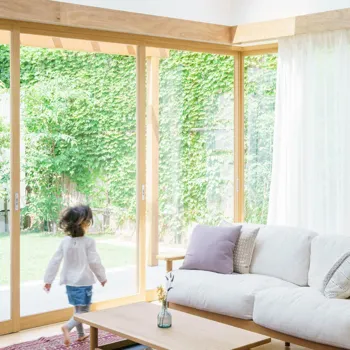
If you have heavy drapes, consider replacing them with lighter, sheer fabrics that allow more light to filter through. Trim any trees or shrubs that may be blocking sunlight from entering your windows. Mirrors can also be used strategically to reflect light and brighten up dark corners.
Place a large mirror on a wall opposite a window to amplify the natural light in the room. If your home lacks natural light, consider investing in full-spectrum light bulbs, which mimic the effects of sunlight. They can help improve your mood and energy levels, especially during the darker months.
Position your furniture to take advantage of the natural light. Arrange seating near windows so you can bask in the sunlight while reading or relaxing. Consider light wells or skylights if renovations are in your future. They bring ample luminosity.
Introduce Calming Colors:
Color plays a significant role in our emotional well-being. Certain colors can evoke feelings of calm and relaxation, while others can be stimulating and energizing. When decorating your home, opt for calming colors such as blues, greens, and neutral tones.
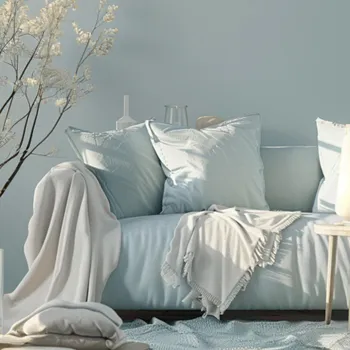
These colors are associated with nature and have a soothing effect on the mind. Avoid bright, jarring colors like red and orange, which can be overwhelming and distracting. Consider painting your walls in a soft shade of blue or green to create a peaceful atmosphere.
Use neutral tones for your furniture and accessories to create a sense of balance and harmony. Introduce pops of color withthrow pillows, artwork, and plants to add visual interest without disrupting the overall calming effect. Remember to consider the lighting in your home when choosing colors.
Colors can appear different depending on the amount of light they receive. Test paint samples in different areas of your home before making a final decision.
Create a Designated Relaxation Zone:
Amidst the various activities that take place within your home, carve out a dedicated space solely for relaxation. This could be a cozy corner in your living room, a sunlit nook in your bedroom, or even a small area on your balcony.
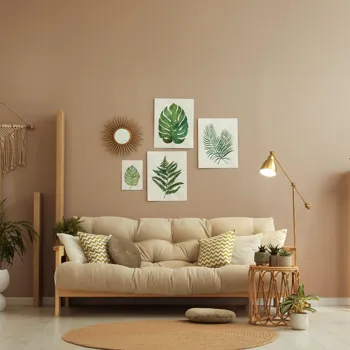
Furnish this space with comfortable seating, soft blankets and pillows, and anything else that helps you unwind. Remove any distractions such as electronics or work-related items. This space should be a sanctuary where you can escape the stresses of daily life and simply be present in the moment.
Create a space that's yours, that helps you unwind always. If space is limited, consider creating a portable relaxation zone. Use a comfortable blanket, a meditation cushion, and a few calming items to create a temporary sanctuary wherever you go.
Put your favorite things in the space to make it more relaxing.
Bring the Outdoors In with Plants:
Plants not only add beauty and vibrancy to your home but also purify the air and promote a sense of well-being. Studies have shown that being around plants can reduce stress, improve mood, and even boost creativity.
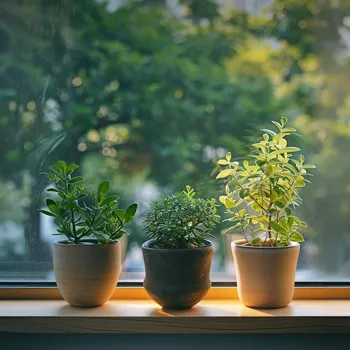
Incorporate plants into your decor by placing potted plants in various rooms or creating a vertical garden on a wall. Choose plants that are easy to care for and require minimal maintenance. Snake plants, spider plants, and peace lilies are all excellent options for beginners.
Ensure your plants receive adequate light and water to thrive. Consider using natural fertilizers and avoiding harmful chemicals. Research plants that have air purifying capability. Consider growing herbs in the kitchen as well.
Incorporate Soothing Sounds:
Sound has a powerful influence on our mood and emotions. Loud noises and constant distractions can contribute to stress and anxiety, while soothing sounds can promote relaxation and calmness.
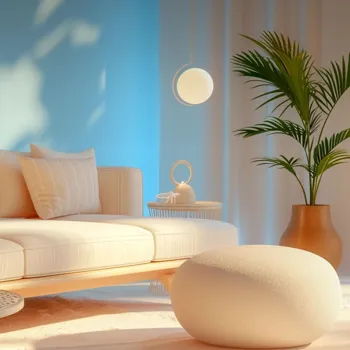
Incorporate calming sounds into your home environment by listening to nature sounds, ambient music, or instrumental pieces. White noise machines can also be helpful for masking distracting noises and creating a more peaceful atmosphere.
Consider investing in a fountain or water feature to create a tranquil atmosphere in your home. The gentle sound of flowing water can be incredibly relaxing. Be mindful of the sounds you create in your home. Avoid slamming doors, yelling, or playing loud music.
Use soft lighting and quiet voices to create a peaceful ambiance. Install soundproof windows to keep unwanted noise out.
Mindful Scents:
Fragrances can greatly affect our mood. Use scents that are calming like sandalwood, lavender, or chamomile through diffusers, candles, or incense. These scents promote relaxation.
Comfortable fabrics:
Soft blankets, plush rugs, and cozy cushions can transform your living room making it more inviting. Choose natural and breathable fabrics to enhance comfort and relaxation.
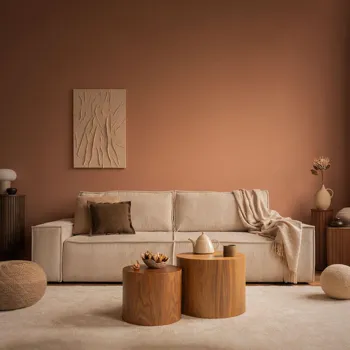
Minimize technology:
Disconnect from screens, set boundaries to create a more present and peaceful environment. Dedicate specific times for technology use to avoid a distraction free life.
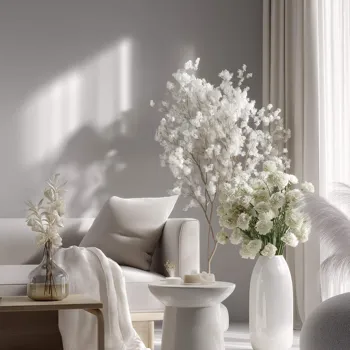
Personalize with meaning:
Add things that are meaningful to you as they evoke positive memories. These items make your house feel more personal and peaceful.
By implementing these ten tips, you can transform your home into a serene sanctuary where you can relax, recharge, and reconnect with yourself.
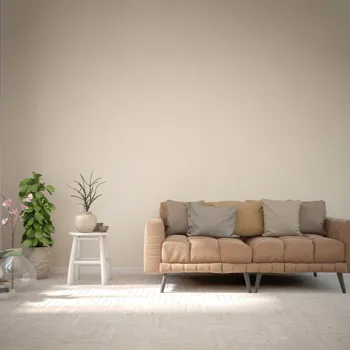
Remember, creating a peaceful living space is a journey, not a destination. Be patient, experiment with different ideas, and find what works best for you.










